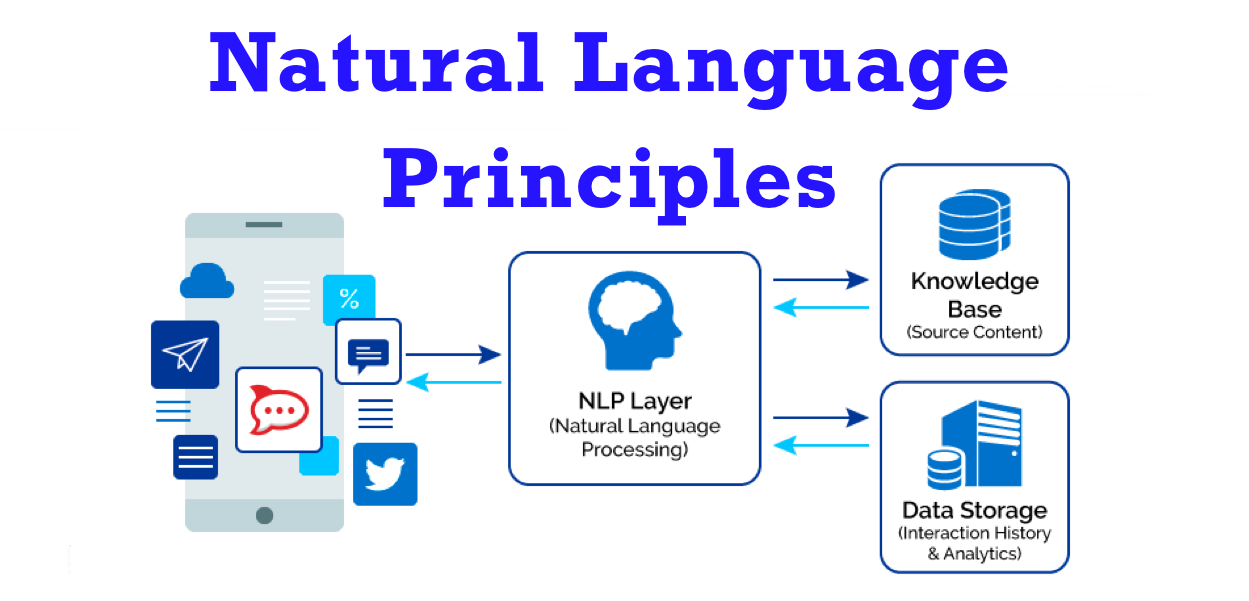I’ve created a good chatbot architecture to potentially allow selling the service to clients. Which is great. But I’m trying to figure out a streamlined way for me or customers to enter information into a database for each client so that a chatbot could represent them and that keyword matches trigger the right content.
The problem I’m having (conceptually) is that different customers are so completely different.
For instance, if I were to use a questionnaire format, the range of questions would branch out into the hundreds depending on how a client answers a question. And it would require me creating those question templates, which would probably be a larger job than creating the chat bot itself! There is just too much different between the needs of a swimming pool salesperson, an artistic painter, and a dog kennel operator.
Another approach I’m considering is to simply feed the system raw text from a client’s website or supplied information, so that it’s not as nicely structured, but may at least make the information findable. For instance, keyword matches could bring up the paragraph that the keywords were found.
It seems that overall, creating GOOD chatbots for customers involves a lot of back end dev to massage different info to fit whatever architecture the chatbot works with.
does anyone have any insight on this, ideas to streamline the process for wildly different use cases?
submitted by /u/dyselixc
[link] [comments]


